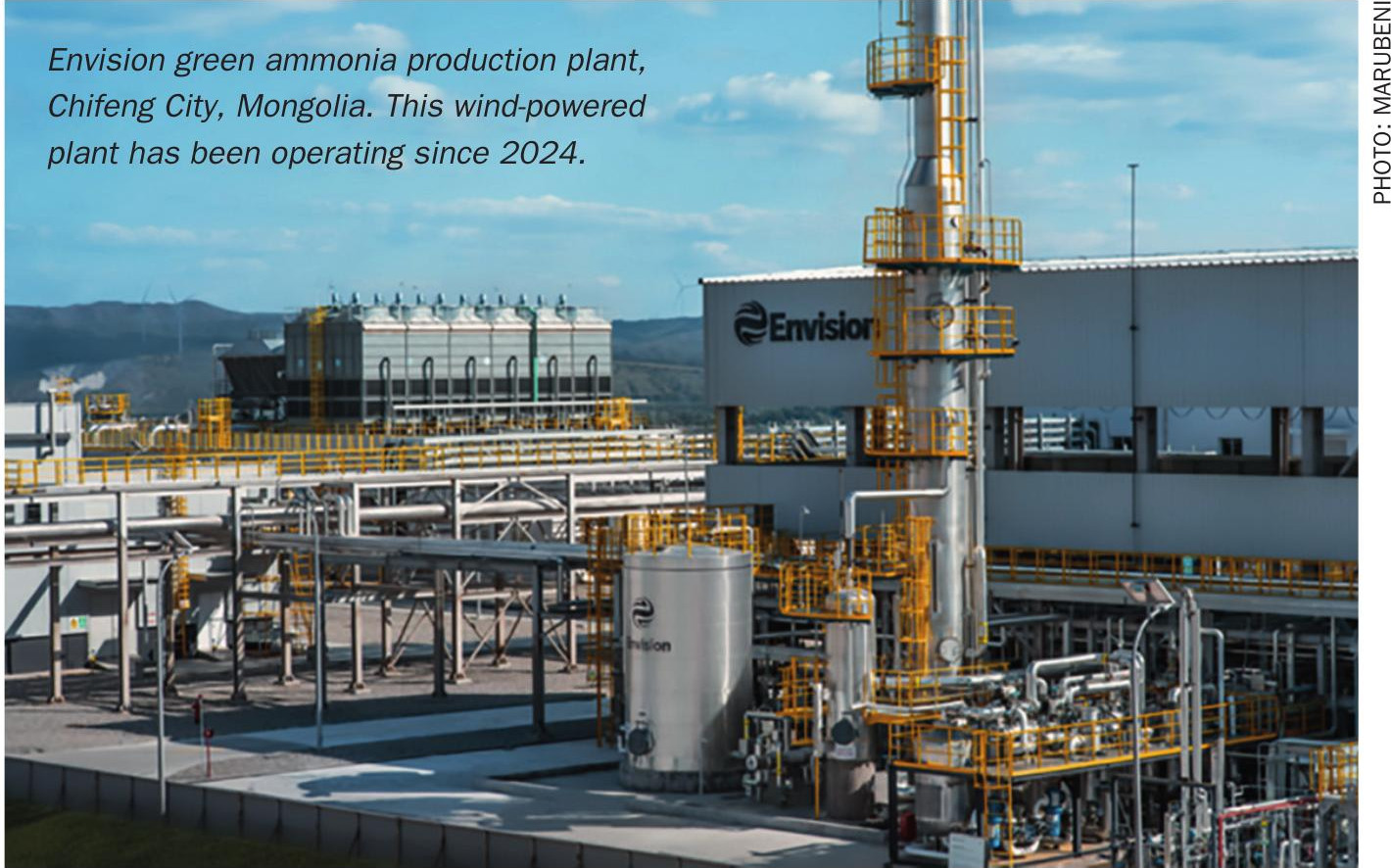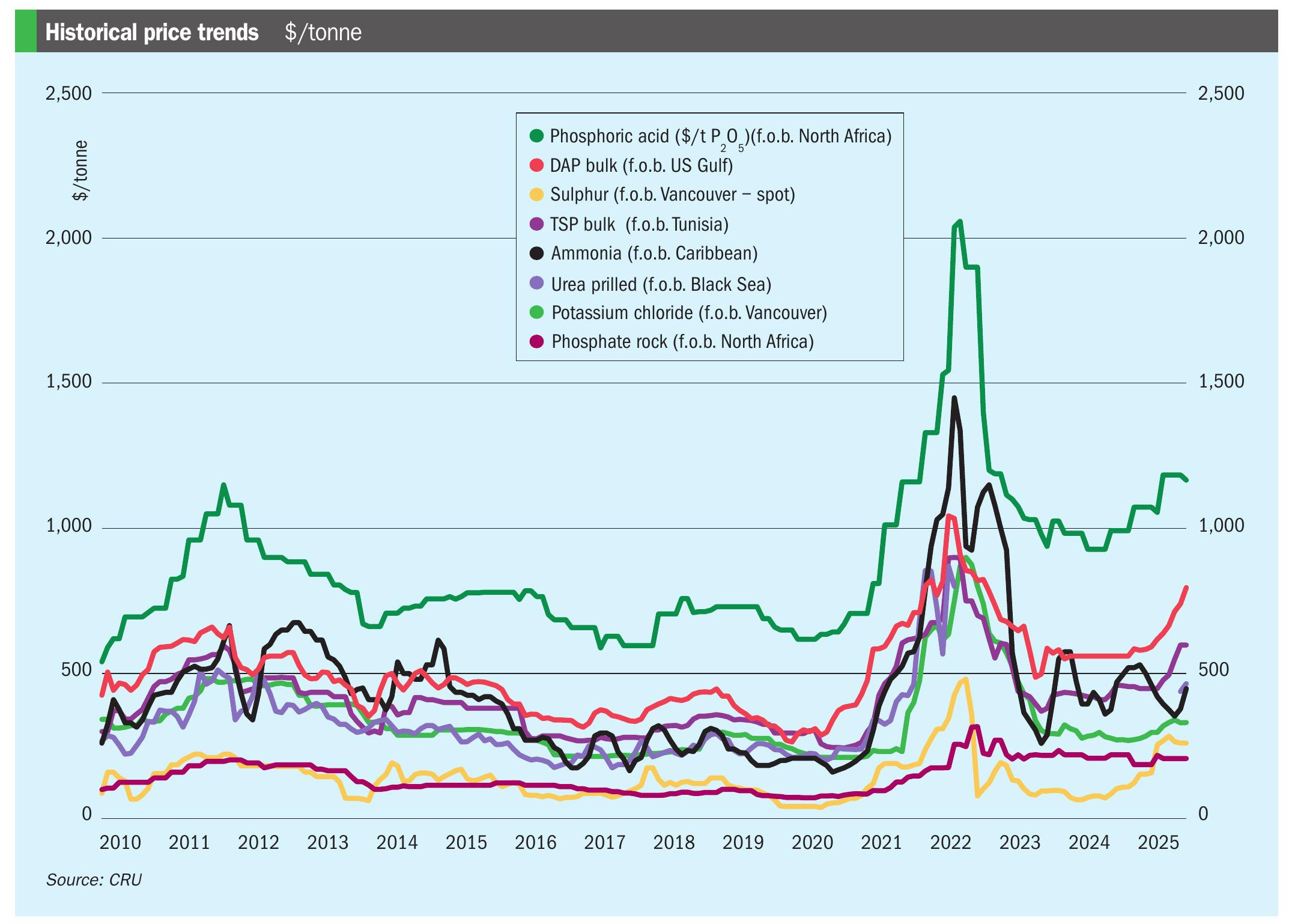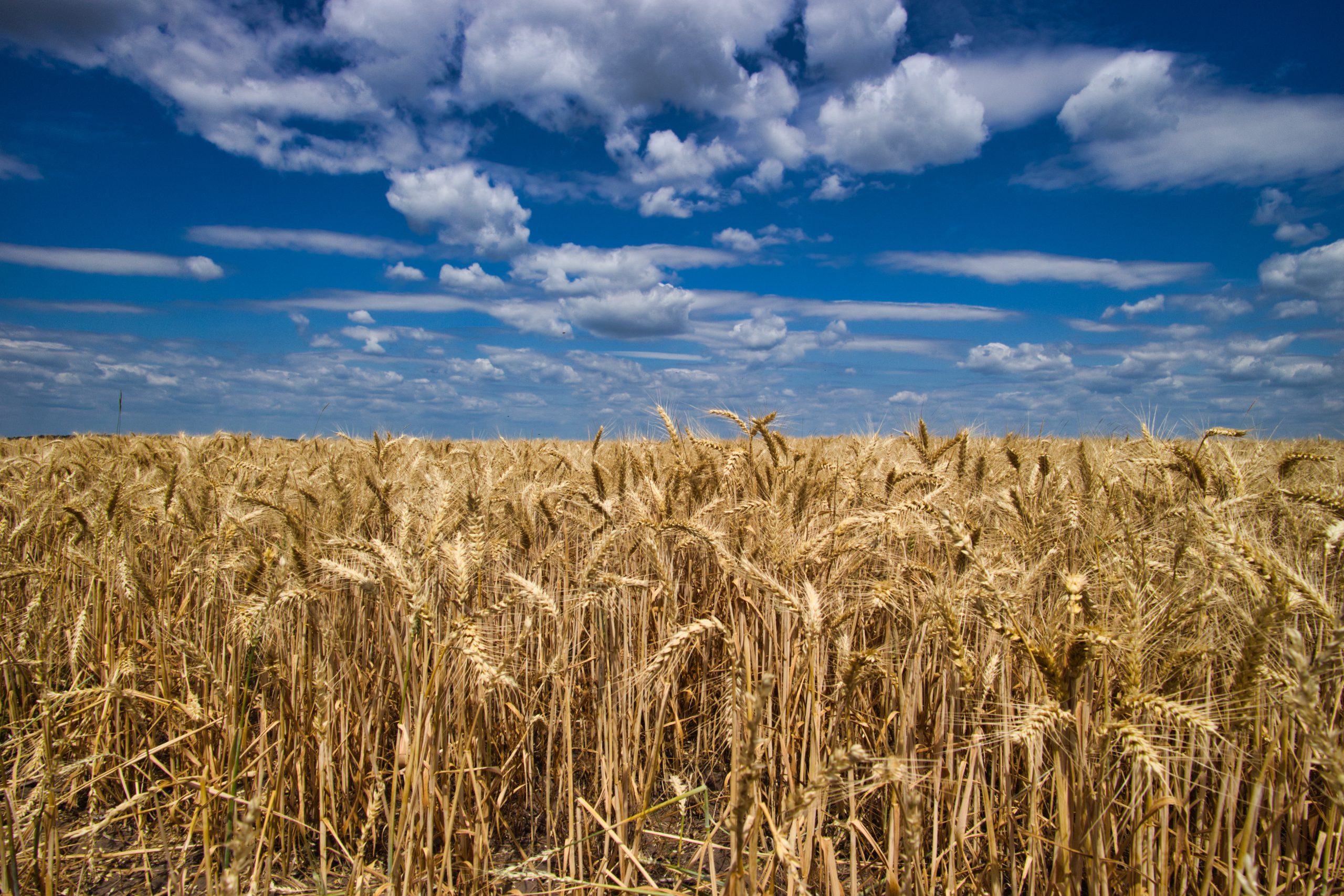Nitrogen+Syngas 375 Jan-Feb 2022

31 January 2022
Price trends
Price trends
Market Insight courtesy of Argus Media
NITROGEN
Mid-January was relatively calm as far as trading activity in the ammonia market went, but underlying sentiment remained very firm with several regions short of product. One of the main demand drivers was India, where buyers had been caught extremely short and were in the market for any delivery date on offer. However, cargoes in the Middle East and southeast Asia that might have been able to fill the Indian demand gap were instead being diverted to Morocco and northwest Europe to take advantage of the huge premium in delivered pricing.
In the western hemisphere, there was an absence of spot availability from the Black Sea and Trinidad, with the latter region looking increasingly tight amid reports of some production outages on the island. Price ranges were firmer in east Asia, as contract prices closed in on spot prices. West of Suez, markets were stable, but producers were offering product at prices above last done business.
Recent ammonia market drivers include supply shortages – suppliers are trying to find additional product to feed contractual shipments, particularly to Europe, Morocco and India. Limited cargoes are on offer but some availability is reported in Turkey, Egypt and the Baltic. Another key driver has been energy prices – the European gas feedstock prices driving the price rally remain volatile and traded in a range of $22-29/MMBtu in early January, before settling around $28.3/MMBtu on the 13th January. The average cost of European ammonia production earlier in January was down by around $90/t on the week, with the baseline estimate at $1,036/t.
Urea prices crashed in mid-January in many markets, particularly the US and Brazil, as widespread anticipation of a price correction forced its reality. In general, buyers remained on the sidelines at most levels of the market and sellers continued to lower prices trying to incite demand.
Brazilian buyers bid lower through early January and seller offers tracked lower with them, though trade itself was limited. Prices in early January were in the low$700s/t c.fr, down by $100/t in a week. US prices pulled back as low as $575/st f.o.b. NOLA – equivalent to around $630/t c.fr US Gulf – the lowest since September 2021. Asian markets remained generally quiet, though prices fell there also.
Recent urea market drivers include producer length – many producers, from the Baltic through North Africa and the Middle East, still held uncommitted volumes for loading in January. Natural gas prices were also a key driver – while the rapid drops in urea prices have received most attention recently, natural gas prices remain elevated above historic norms, several nitrogen plants remain offline and Chinese exports remain severely restricted.

END OF MONTH SPOT PRICES
natural gas

ammonia

urea

diammonium phosphate







